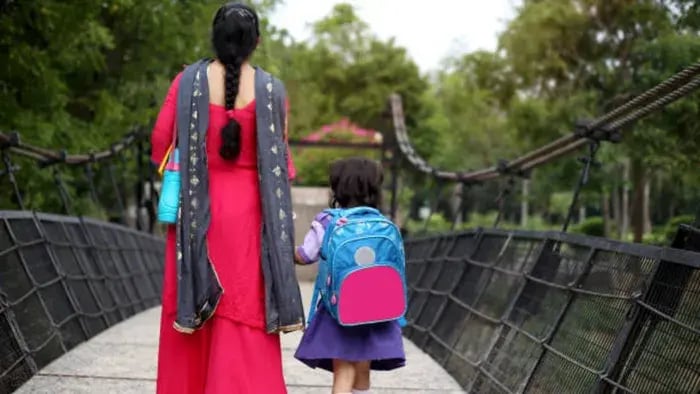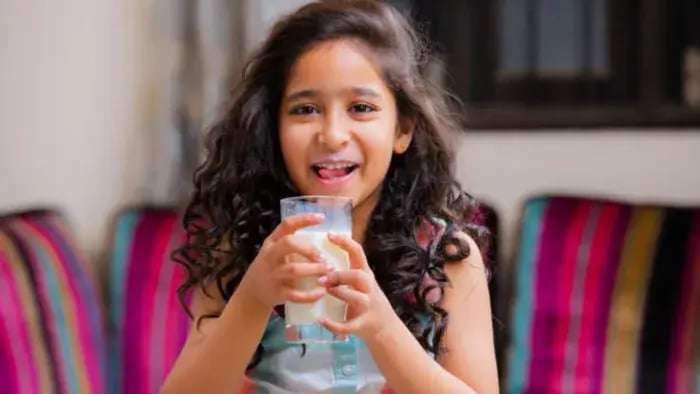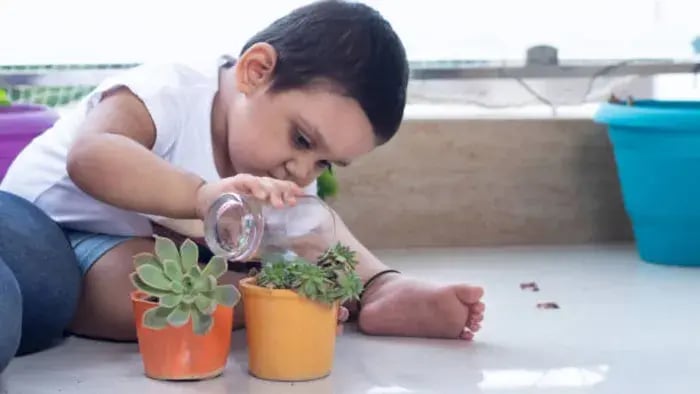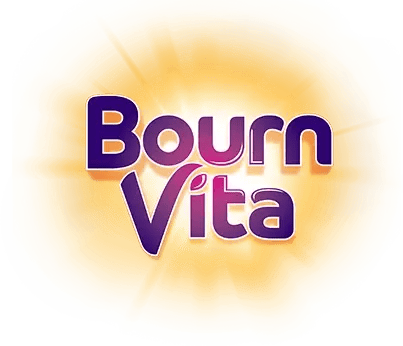- Head Control and Rolling Over
- Sitting and Reaching
- Crawling and Coordination
- Standing and Cruising
- Walking, Running, and Climbing
- Fine Motor Mastery
- Balance, Rhythm, and Body Awareness
Introduction

Every child grows in their own time, but physical development follows a natural path with milestones along the way. From lifting their head as a baby to hopping on one foot during playtime, each small step shows how the body and brain are learning to work together. These physical changes shape balance, movement, confidence and independence.
Early movement sets the stage for learning. Simple actions like crawling, reaching for toys or climbing stairs teach coordination and build muscle control. As they grow, these skills expand into running, jumping, and team games that involve more than just limbs; they require focus, strategy and emotional resilience too.
Every stage of development has new movements to try, and keeping up with these changes means parents can offer the right support at the right time. Encouraging safe exploration, regular play and variety of movement keeps the body active and the senses engaged. Movement is the foundation that helps shape a lifetime of strength, coordination and joy in their own body.
7 Physical Development in Children

Children grow in wonderful ways, and every movement they make is part of a bigger picture. From the first wobbly steps to skipping across a field, physical development gives shape to their curiosity and energy. These milestones tell a deeper story of how a child is learning, growing, and adapting to the world around them. As a parent or caregiver, you play a key role in supporting these changes, not by rushing them, but by creating a safe space for exploration and joyful movement.
Head Control and Rolling Over
According to a study published in Wiley Interdiscip Rev Cogn Sci. 2018, the first signs of physical strength often show up in the way a baby learns to hold their head up and later rolls from back to belly. These are important early milestones that build neck, shoulder, and back muscles. Simple tummy time sessions encourage this development by giving babies the chance to lift their heads and explore. As their core grows stronger, these small actions form the base for sitting, crawling, and walking later on.
Sitting and Reaching
As per a study published in Dev Sci., 2023, sitting independently helps children balance themselves and use their hands freely. Around six to eight months, most babies begin sitting with little support and start reaching for toys, which improves hand-eye coordination. Reaching, grasping, and turning while sitting promotes strength in the torso and arms, encouraging more complex movements like crawling or cruising. This phase also helps with posture and prepares them for feeding themselves and other self-care skills.
Crawling and Coordination
Crawling may seem basic, but it’s a full-body workout for growing kids. Research conducted by Biomed Res Int. 2018, shows that it strengthens the core, improves bilateral coordination (using both sides of the body), and builds spatial awareness. Crawling across cushions, under tables, or toward a toy improves muscle tone and encourages active exploration. It also lays the groundwork for more advanced gross motor skills such as walking, running, and climbing.
Standing and Cruising
Pulling themselves up to stand is a thrilling moment for toddlers; it marks the beginning of independence in movement. As kids learn to “cruise” along furniture, they build leg strength and balance. Study published in Rehabil Nurs. 2015, shows standing also helps stretch the spine and improve foot positioning. Supportive shoes aren’t necessary yet; barefoot play indoors helps build stronger foot muscles and balance.
Walking, Running, and Climbing
Once your child starts walking, they quickly move to running, hopping, and climbing. Study published in, PLoS One. 2024, this stage boosts coordination, agility, and cardiovascular health. Encourage outdoor play, use of playgrounds, or even soft indoor mats for safe tumbling. These movements support physical strength and teach kids how to fall, rise, and navigate different environments confidently.
Fine Motor Mastery
Physical development isn’t limited to big movements. Fine motor skills, like picking up small objects, stacking blocks, or holding crayons, help children with daily tasks. According to a study published in, J Phys Ther Sci. 2018, these skills require hand strength, control, and focus. Encourage art time, puzzles, and food prep activities like peeling a banana or rolling dough. These simple tasks enhance finger coordination and independence in school routines.
Balance, Rhythm, and Body Awareness
As per a study published in Expert Rev Gastroenterol Hepatol. 2024, Balance and rhythm are often overlooked but are critical to physical development. Dancing, cycling, yoga, or hopping games build coordination and rhythm while making movement fun. Children learn to align their bodies with space, improve their reflexes, and avoid injuries. Body awareness also helps in calming down and focusing better during classroom or homework sessions.
Conclusion

Physical development is a journey; your child grows best when movement is encouraged without pressure. Let them explore freely, play outdoors, move creatively indoors, and learn through motion. Whether it’s wobbly first steps or bold cartwheels in the park, each stage matters. Celebrate every effort, and let physical milestones unfold with care, fun, and plenty of space to grow.
Her love for storytelling began with reading her grandfather’s speeches, where Tarishi saw the power of words in creating lasting memories. Combining her passions for food and writing, she has turned her life into a fulfilling path of sharing stories that celebrate flavours and how food brings communities together.
The views expressed are that of the expert alone.
The information provided in this content is for informational purposes only and should not be considered a substitute for professional medical advice, diagnosis, or treatment. Always seek the advice of your physician or another qualified healthcare provider before making any significant changes to your diet, exercise, or medication routines.
References
https://pmc.ncbi.nlm.nih.gov/articles/PMC6533073/
https://pmc.ncbi.nlm.nih.gov/articles/PMC5851374/
https://pmc.ncbi.nlm.nih.gov/articles/PMC11037543/
https://pmc.ncbi.nlm.nih.gov/articles/PMC4591921/
https://pmc.ncbi.nlm.nih.gov/articles/PMC5994583/
















